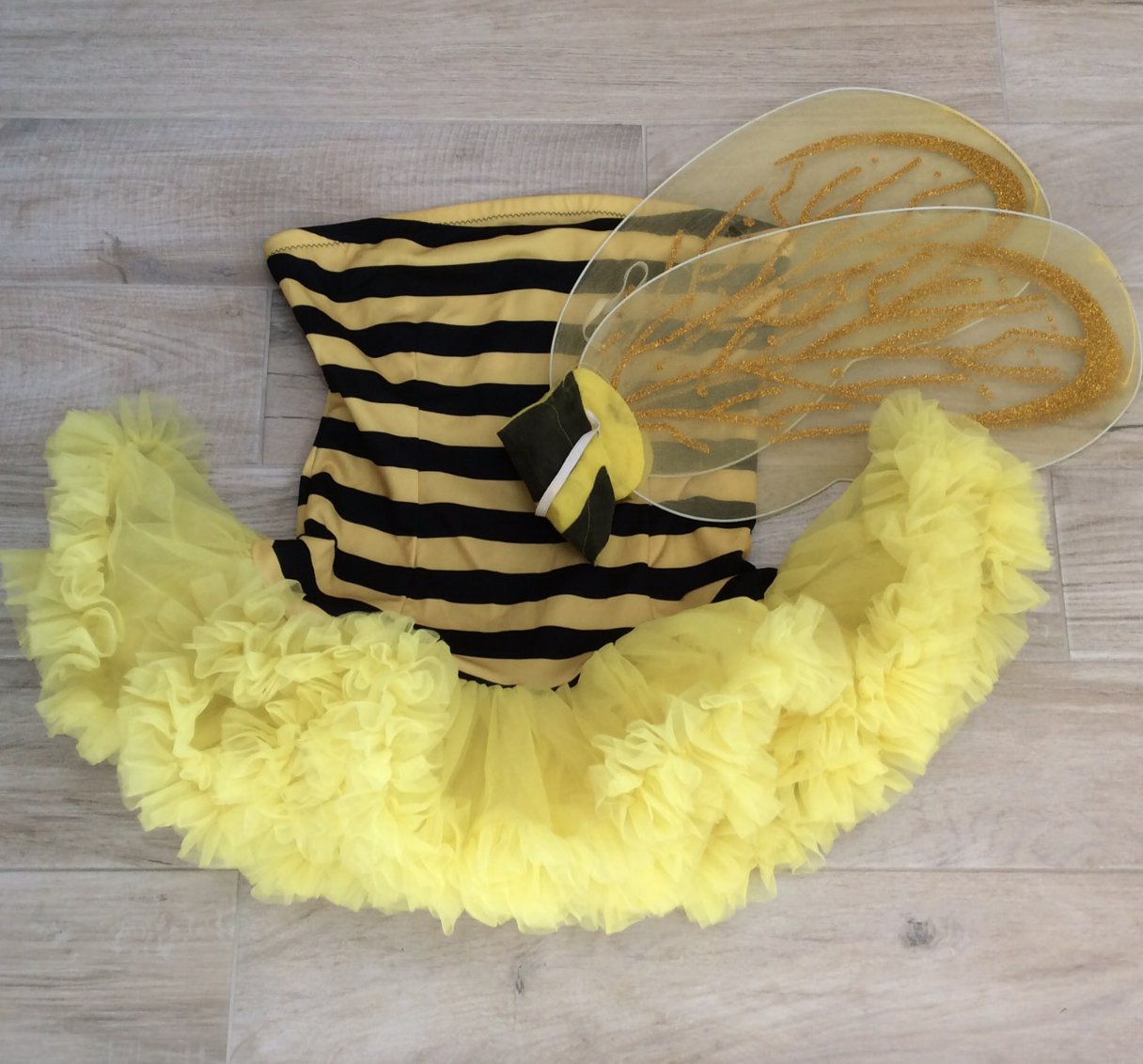


In flight, both pairs of wings join together to create one larger wing on each side. They possess a pair of forewings that are almost the same length as the abdomen and a smaller set of hindwings. If you were to look closer, you would realize that they have a total of four.īees have two sets of wings on each side of the thorax. When a bee is at rest, the wings lay gently on top of each other. If you were to give a bee a quick, cursory glance, you might think that it only has two wings. Chitin is the same material that makes up the body wall - wings are an extension of the bee exoskeleton. It’s a word stemming from the Greek language - when translated, it literally means membrane (hymen) wings (ptera).īee wings are made up of a fibrous substance called chitin. The wings of a bee play a significant role in its scientific name. On each side of a bee’s head, there are large compound eyes that consist of many tiny eyes clustered together. This is used to sense if there is a danger to either the bee itself or the colony as a whole.īees also have two antennae that they use for smell and touch. Located at the very end of its abdomen is the sting. It also has a long tongue (proboscis) that functions as a straw and is used to essentially suck up water and nectar. A bee has six legs with three on each side of the thorax. Like all insects, bees’ bodies consist of three distinct parts: the head, abdomen and thorax.


 0 kommentar(er)
0 kommentar(er)
